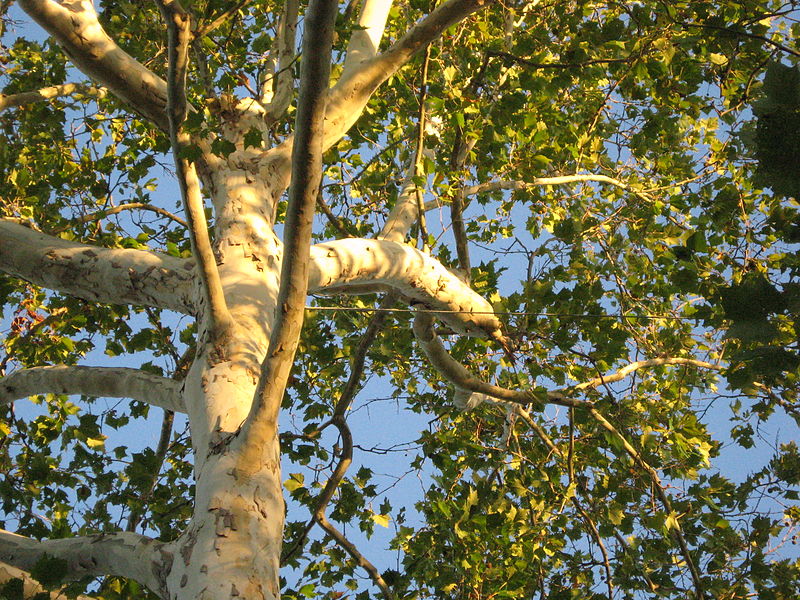As I’m writing this I literally talk to someone on the Olympic Peninsula that is undergoing 50 to 60 mile an hour winds right now. A lot of trees on their property have blown over, fence posts have come up, and tin roofs have blown off. I don’t know if it’s headed our way, but there are ways to ensure your tree survives the storm. Cabling and bracing your tree may be one way to do this. Although we don’t get a lot of serious stars around here, we usually get one or two good fall and winter storms that can definitely reek some damage on trees and fencing.

Bill McChesney from USA [CC BY 2.0 (https://creativecommons.org/licenses/by/2.0)], via Wikimedia Commons
Tree bracing and cabling.
This process, typically conducted by tree specialists, can add structural support to a tree. We add strong braces and/or cables to help prevent possible damage or failure of the tree, especially in severe weather. This involves adding flexible steel cables between branches or on the trunk of a tree, which connects them between bracing rods and bowls attached to the tree itself. Dead branches can be removed during this process to prevent any sudden branch drop or more mess than you need. What this does is help reduce the movement of fit branches and the trunk itself and offers additional support to any weak spots. This limits how much stress trees will face in times of high winds.
Bracing and cabling is typically used to support multiple tree trunks or limbs in a cluster of trees in the canopy for a split trunk at the base of the tree.
By adding structural support it will make the tree much less susceptible to damage. Because branches cannot move as freely, this reduces stress and fractures caused by high winds, making them less likely to break off. This also, of course, greatly reduces the risk of property damage and possible people damage to the property and homeowners.
This cabling embracing will help your tree survive, although it is not guaranteed, of course. Give us a call if you’re interested in learning about cabling or bracing your tree or if you’d like a tree removed before any major winds hit.
